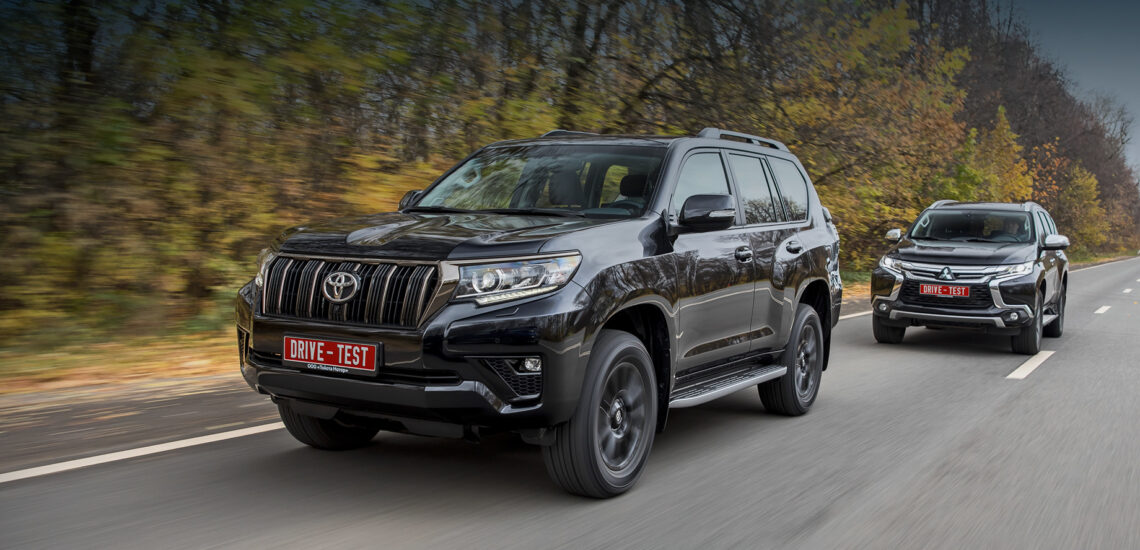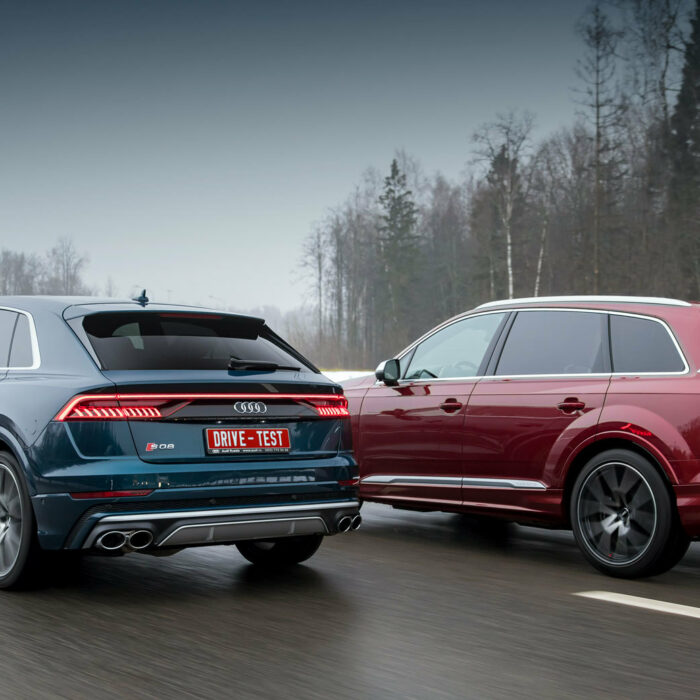这样的工作不能称为全面的对比测试。首先,我驾驶了一辆升级了 200 马力 2.8 涡轮增压柴油发动机的普拉多,只用了十个小时。其次,这些车身框架式 SUV 似乎不再是竞争对手。自从它们在 2017 年的测试中发生了激烈冲突后,丰田将 Fortuner 和基于皮卡打造的 Pajero Sport 推向市场。因此,普拉多正式免于与尺寸相当但价格更便宜的三菱竞争。
尽管如此,Sport 仍然可以作为他们名义组中的参考车。这个结论来自准备阶段:我为周末准备了三菱以及两辆丰田普拉多和 Fortuner,它们都配备了预改造的柴油发动机。尽管 180 马力的发动机反应非常灵敏,但根据测量结果,帕杰罗是最具活力的。即使是在方向性问题明显的横滨 Geolandar A/T 轮胎上,它也能更直观地控制。最后,在一定速度下,它可以在崎岖的道路上提供更平稳的行驶。
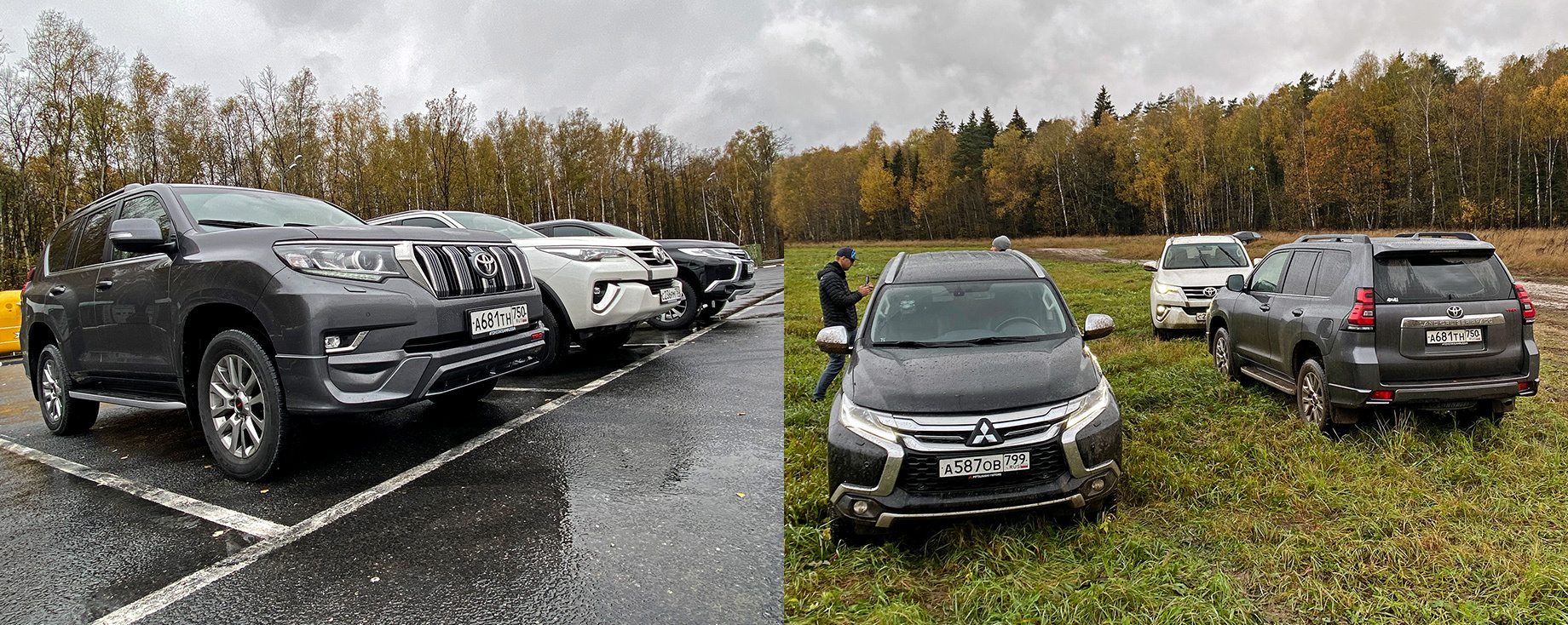
2017 款普拉多更宽敞、更安静,在平坦的沥青路面上行驶更平稳。不幸的是,它配备了动态悬架系统,稳定连杆中有液压缸,因此它在颠簸路面上移动时会很僵硬。方向盘很轻,有点空,但它仍然拥有最多的信息……
刚性和噪音的 Fortuner 让您能够以比弹性十足的帕杰罗更高的速度保持越野,但它就是这样震撼您的灵魂。在土路上,它与固执的普拉多形成鲜明对比,表现出疯狂的傲慢。Fortuner 还拥有该公司最灵敏的油门,后备箱中有几个配备第五门伺服器的简陋座椅。内饰设计更令人愉悦,但工作姿势令人难以忍受。刚性连接的前端变速器也有点简单。
不出所料,与帕杰罗相比,Fortuner 的买家较少。普拉多的成功率几乎是它的两倍。最受欢迎的版本是 2.8 Prestige。这就是配备臭名昭著的 KDSS 的测试车。
因此,在更新后的 200 马力丰田车的展示中,编辑部中徘徊的三菱似乎一点也不多余。它最适合背景。它强调了普拉多的优点,并且不让您错过缺点。例如,还有什么比平行启动更清楚的呢?以前,普拉多远远落后,现在至少落后了一点,但它正在领先。对于一辆重量超过 2.3 吨的汽车来说,这似乎是一个小小的提升——23 马力和 50 N-m,但结果超出了预期。
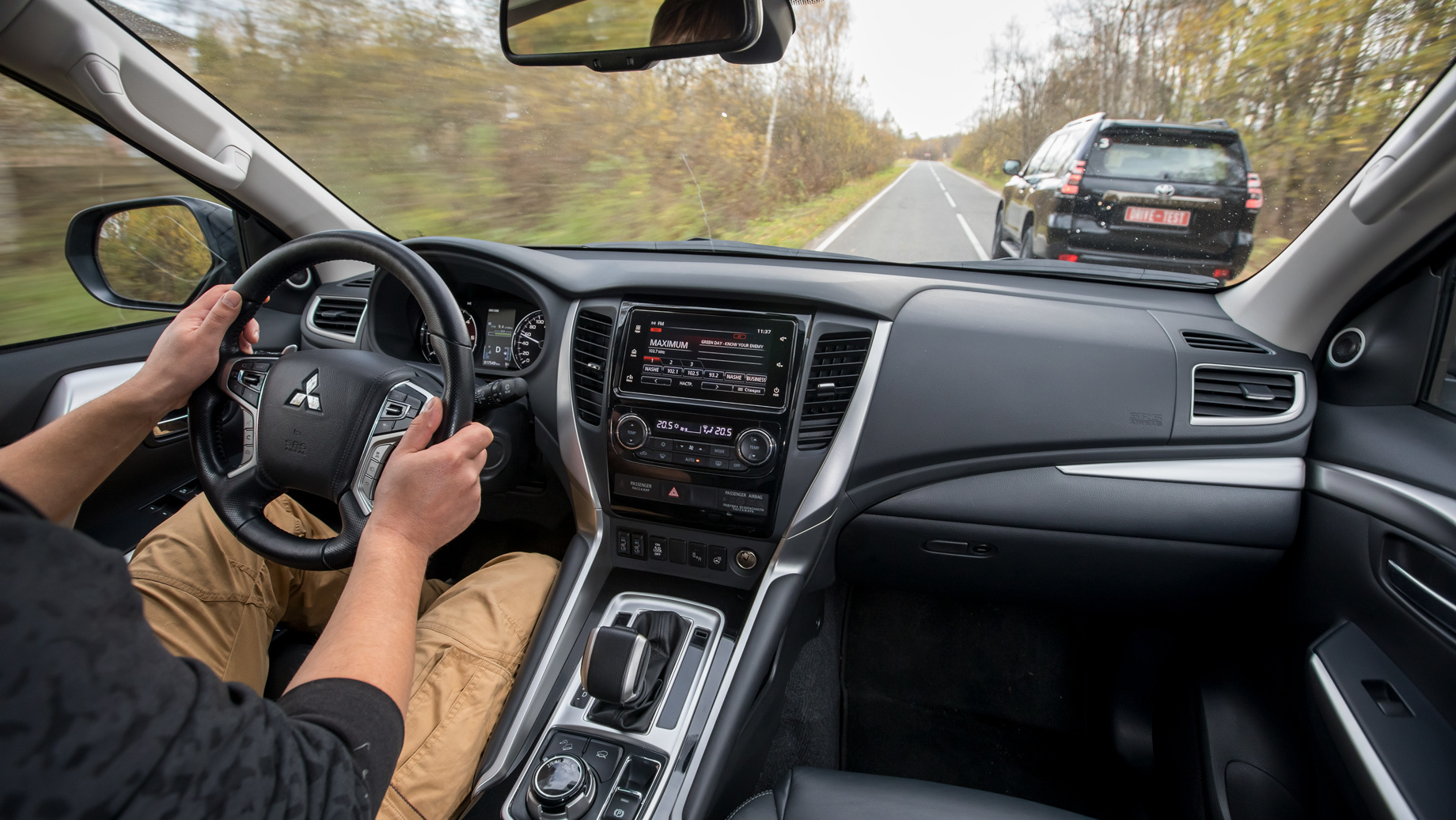
在一名驾驶员坐在车舱内、油箱加满 87 升的情况下,尽管使用了 Dunlop Grandtrek AT22 轮胎,丰田汽车在测试跑道的特殊道路上仍能持续在 11.1 秒内加速至 100 公里/小时。其最佳成绩为 10.7 秒,而三菱汽车则为 11.5 秒。普拉多的工厂加速时间并未在所有市场公布。在德国,它被简称为陆地巡洋舰,铭牌额定功率为 204 马力,扭矩为 500 N-m,加速时间为 9.9 秒。
例如,在俄罗斯,帕杰罗的加速时间为 12.3 秒。在干燥路面上,仅使用后轮驱动,即使车舱内有三个人也能做到这一点。在潮湿的情况下,必须使用全轮驱动模式以避免打滑。此外,普拉多的迟滞不是立即开始的,而是在短暂的第一档(4.85:1)后长时间切换到第二档时开始的。然后范围变化更加生动,差距几乎没有扩大。
普拉多更重。但是,虽然 Sport 在两千五百转时达到峰值牵引点,但丰田的四缸 1GD-FTV 在 1600-2800 转/分范围内产生最大扭矩 – 这几乎是整个工作区域(从怠速六百转到 4300 转/分截止)的三分之一。LC150 切换时间更少,因为变速箱中的齿轮更少:六个,而帕杰罗有八个。虽然三菱换挡更平稳,除了切换到第二个时有点颠簸。
三菱在不需要最大输出时如何管理其潜力是另一回事。帕杰罗非常不情愿地将油门踏板的运动转换为加速度,这让它看起来很重,而 SUV 很昏昏欲睡。转速上升缓慢。除了用尽全力踩下油门之外,没有其他工具可以让汽车更动起来。普拉多的响应速度更快。油门连接更线性,但即使在这里,它在部分负载下仍然不够坚固。发动机在油门半行程的某个地方做出响应,自动变速箱的变矩器处于不确定状态。
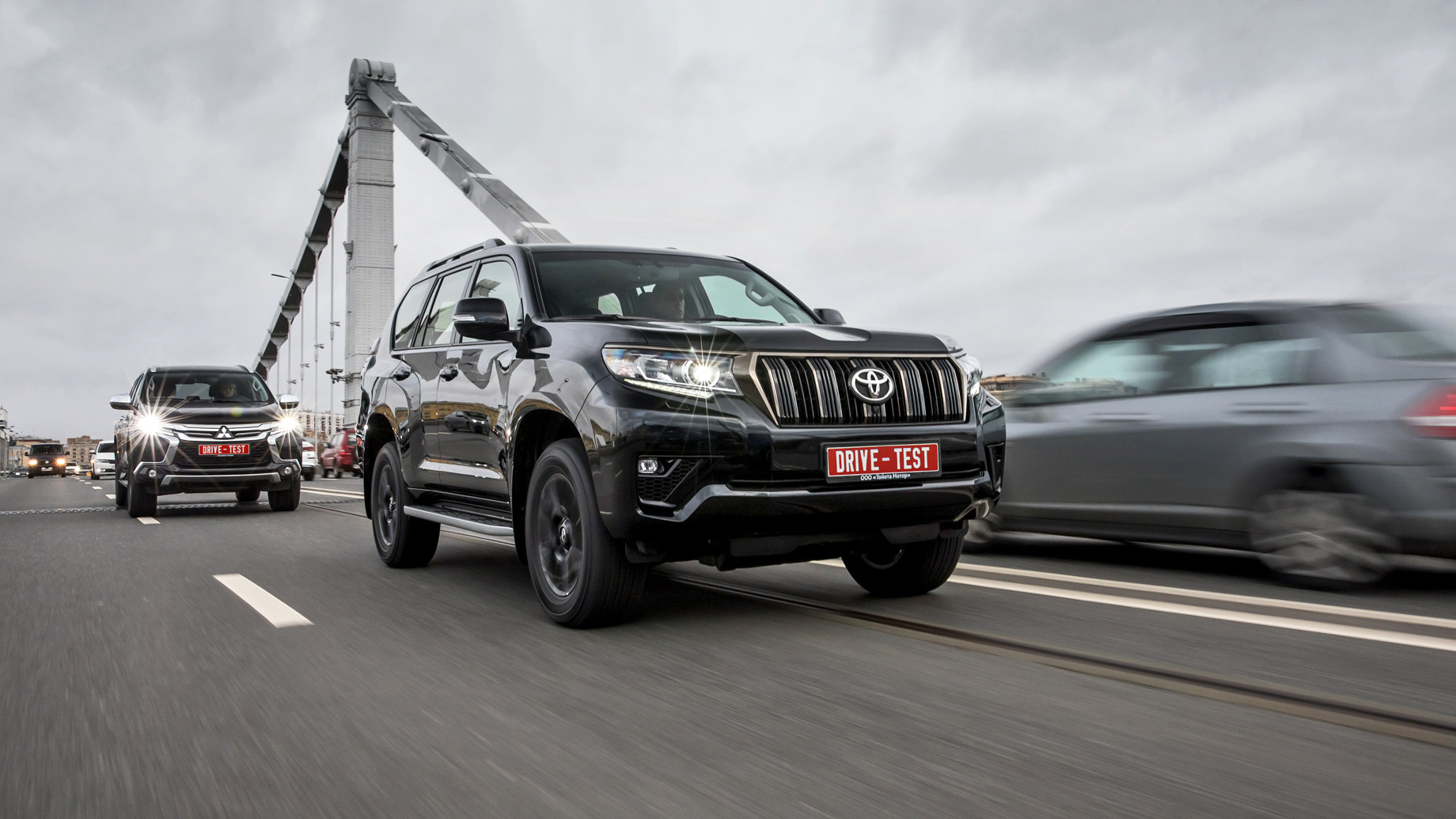
最主要的是,配备新发动机的普拉多在主观上比之前的普拉多更具动态性。在城市交通中行驶和在高速公路上超车变得更加容易。在我看来,200 马力的涡轮增压柴油机并没有像同事告诉我的那样比以前更安静,也没有在怠速时振动更小。要检查这一点,您需要从一辆丰田换到另一辆。
在嘈杂且振动很大的帕杰罗发动机的背景下,一切都是一样的。但也许,我没有注意到差异,因为两辆测试普拉多的规格不同,以及不同轮胎对整体声学平衡的影响也不同。改造前的普拉多采用了更沥青的普利司通 Dueler H/T。新款专门在 Grandtrek 上行驶,以平衡越野机会。
总的来说,在我们的同事(越野爱好者)驾驶三菱之后爬上粘性粘土并没有多大意义。但是什么时候才有机会驾驶像普拉多这样技术娴熟的高机动性车辆在泥土中跋涉呢?有必要提醒自己,为什么有想象力的人会购买这样的汽车。前面提到的同事和 Super Select II 无疑是一个强大的组合。但我还拥有一个带有几个锁的低速档,以及牵引优势和具有非常有效爬行模式的多程序牵引力控制。
唉,经过几天的雨天,条件使得辅助电子设备没有任何好处。后差速锁保持未使用状态,以便更自由地操纵。而上坡和战壕只能通过骑行来冲刷。在这里,严酷的丰田汽车很好,因为它摆动较少,简化了对重量分布的重要控制。在深坑中,您只需用方向盘勾勒出方向,并主要通过牵引力来控制汽车。我已经经历了足够多的事情,直到我记起它通常是怎么做的。
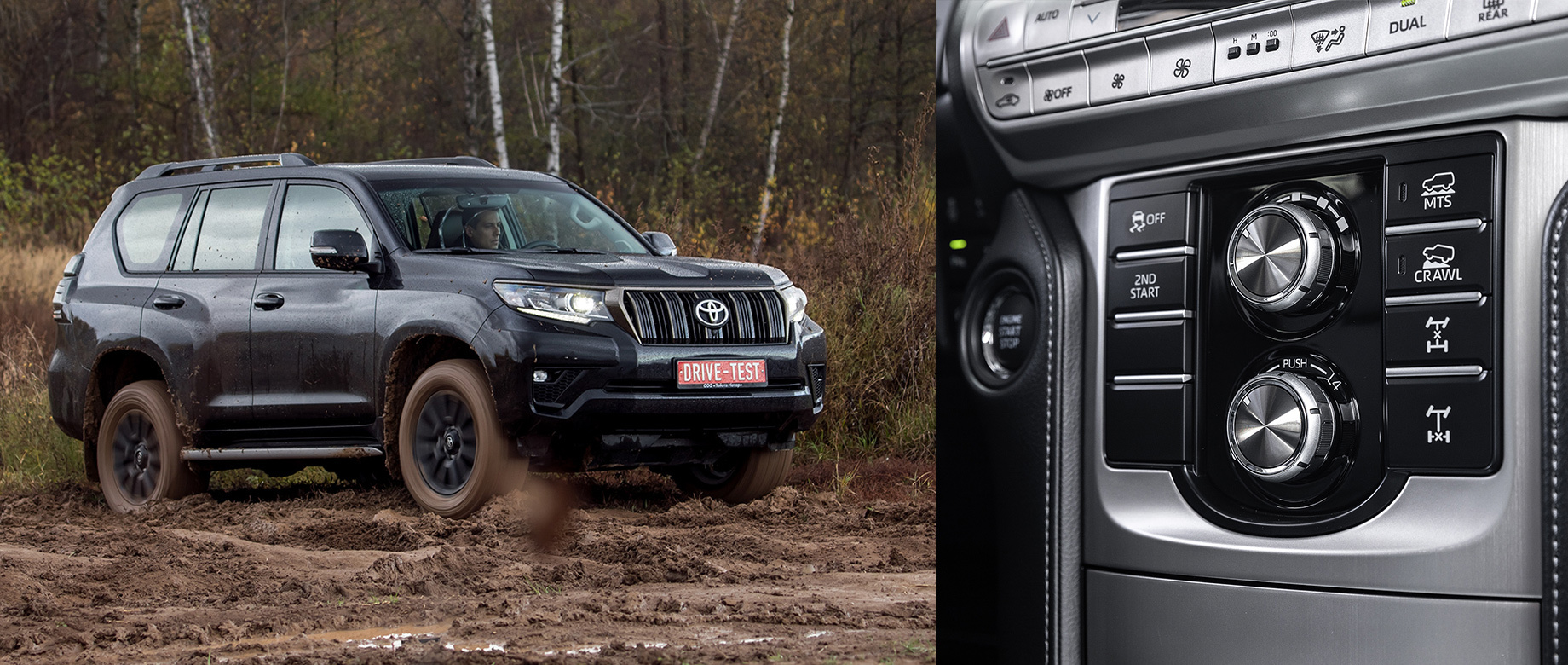
运动模式(不是带电缆的帕杰罗,而是动力装置的运动模式)在这里大有帮助。这是富裕渔民或猎人生活中最重要的程序。在这样的沼泽中,城市对燃料供应的响应平稳是有害的:在你踩下踏板之前,普拉多会醒来,它几乎会卡住。有时,即使是片刻的失去脉搏也足以陷入困境。三菱的部分原因是自动变速箱的诚实手动模式,部分原因是最激进的快速牵引力控制算法。
与我的恐惧相反,我甚至开车去了同事要求我不要去的地方——然而,代价是车牌被水流“连根拔起”。同事高兴地挥舞着他的渔获,说“没事”……现在是时候缓和他的远征火力,把车转向房子,否则我们需要拖拉机,或者更确切地说,是装甲运兵车。编辑和摄影师都知道,这种罕见的郊游会在天黑前结束。
我与 LC150 的关系史并不像同事那样丰富。毕竟,他甚至开着一辆很少见的配备机械变速箱的普拉多跑遍了世界各地。但总的来说,对丰田 SUV 车型系列的短暂了解足以同意:2.8 涡轮增压柴油机的现代化将使他们受益。
说实话,普拉多在更新之前是一辆植物性车。我们知道很多车主唯一反对的理由是缺乏动力。值得注意的是,177 马力的柴油丰田车经常被换成配备 V6 4.0(249 马力)的汽油车。这种版本传统上会便宜一些,而且这次只有多媒体更新。
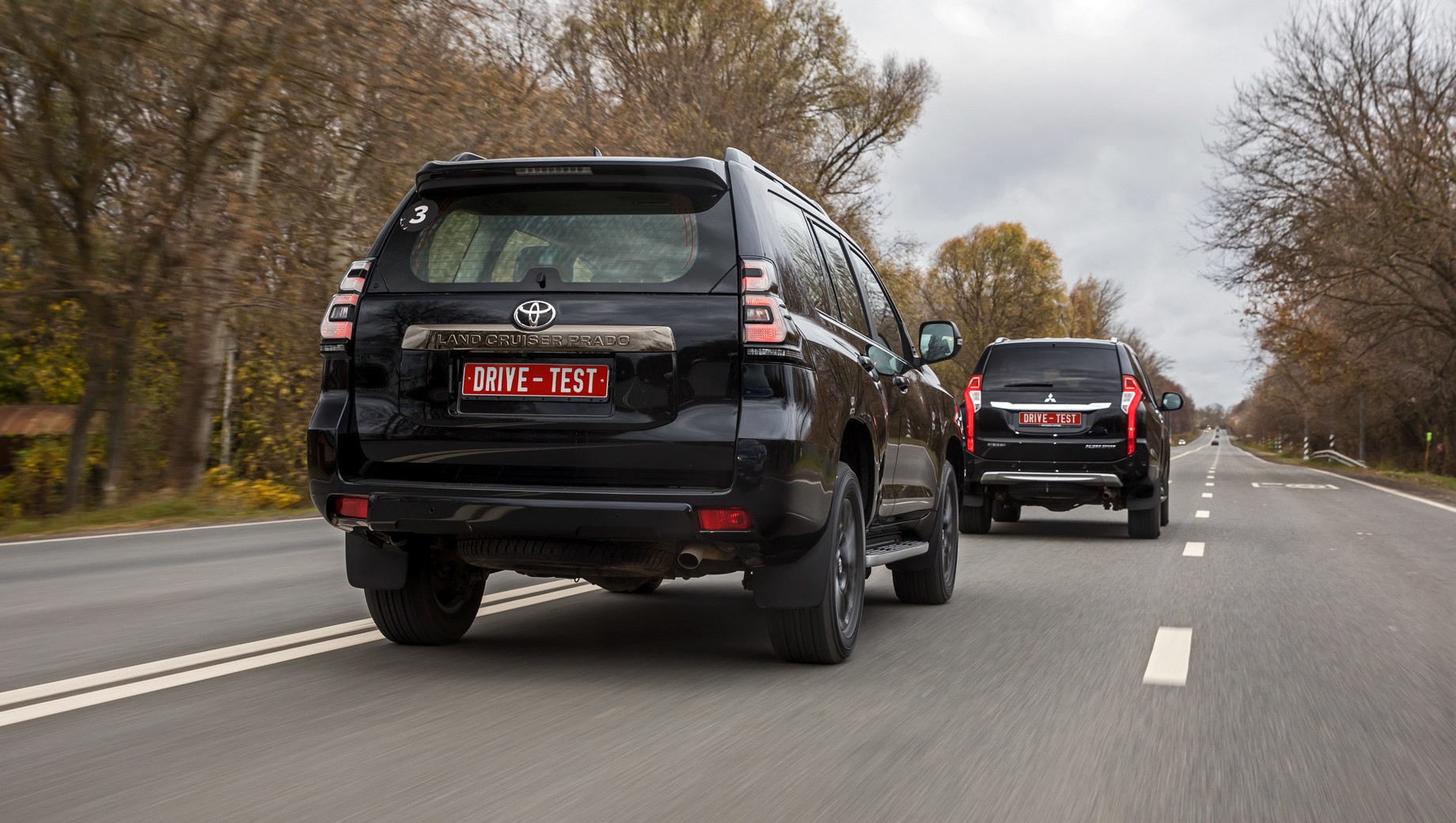
在我看来,普拉多似乎还是有点被高估了。它的所有优点,比如更宽敞、更实用的内饰、声学舒适度,以及现在加速控制的便利性,都不足以证明测试车之间巨大的成本差异是合理的。但是,如果你把价格与帕杰罗运动版相当的粗犷的 Fortuner 与普拉多放在一起,那么在这里花这么多钱也并不可惜。所以从某种意义上说,LC150 变成了中级车型价格形成的人质。
别忘了最近出现了一款升级版的三菱。它的内饰略有活力,配备了数字仪表板、升级的多媒体综合系统(可惜的是,控制仍然是触摸式的)和带有温度控制旋钮而不是按钮的空调装置。机电式驻车制动器终于有了自动保持功能,第五扇门是带有运动传感器的电动驱动器。我认为本地化的帕杰罗运动版的价格会略有上涨。我不知道 Fortuner 2.8 是否会在下一次涨价。但这些车的任何价格上涨都将不可避免地使普拉多受益。
這是翻譯。您可以在這裡閱讀原文: https://www.drive.ru/test-drive/toyota/5f92af16ec05c46063000254.html

出版 七月 28, 2022 • 3m

